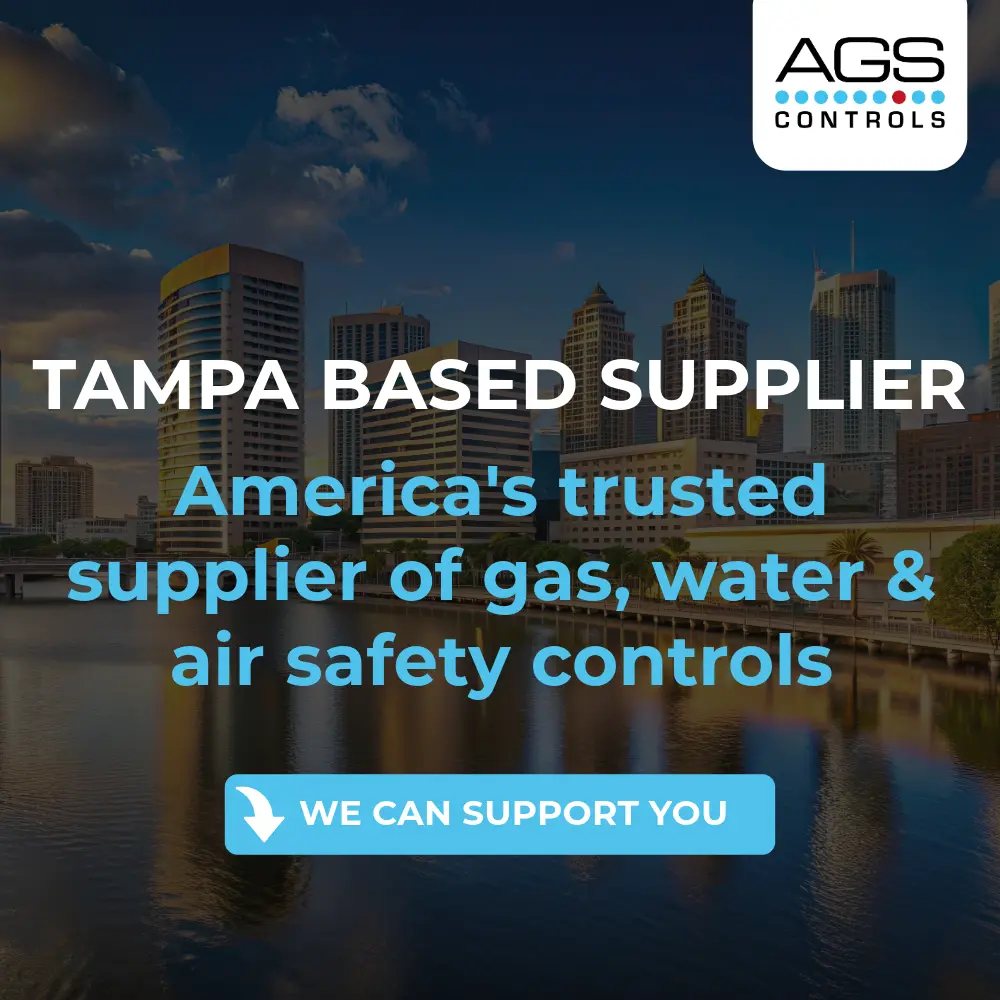Introduction:
In today's modern buildings, Variable Refrigerant Flow (VRF) systems have become increasingly popular due to their energy efficiency and flexibility in heating and cooling. However, with the benefits of VRF systems also come potential risks, particularly concerning refrigerant leaks. To ensure the safety of occupants and protect property, it's essential to understand the importance of refrigerant gas detection in occupied spaces.
What is a VRF Systems and How It Works:
A VRF system is a type of HVAC system that utilizes refrigerant as a medium to transfer heat. Unlike traditional systems, VRF systems can vary the flow of refrigerant to individual indoor units based on the heating or cooling requirements of each zone. This flexibility allows for greater energy efficiency and precise temperature control within different areas of a building.
The Dangers of VRF Refrigerant Systems and Leaks:
While VRF systems offer numerous advantages, they also pose risks associated with refrigerant leaks. Refrigerants used in VRF systems, such as R-410A, can be harmful to human health and the environment if released into occupied spaces. Inhalation of refrigerant vapors can cause respiratory issues, dizziness, and in extreme cases, asphyxiation. Additionally, refrigerant leaks contribute to greenhouse gas emissions, contributing to environmental damage and climate change.
The Importance of Monitoring Spaces with VRF Systems:
Given the potential dangers of refrigerant leaks, it is crucial to monitor spaces equipped with VRF systems for any signs of leakage. Early detection of refrigerant leaks allows for prompt intervention, minimizing health risks to occupants and preventing damage to property. Monitoring systems equipped with VRF gas detectors provide real-time alerts when gas levels exceed safe thresholds, enabling building managers to take immediate action to mitigate risks.
Where VRF Gas Detection is Typically Installed:
VRF gas detection systems are commonly installed in various types of buildings where VRF systems are present, including commercial offices, hotels, hospitals, educational institutions, and residential complexes. These systems are strategically placed in areas where refrigerant leaks are most likely to occur, such as equipment rooms, mechanical spaces, and zones with multiple indoor units.
AGS Controls Offering - RSVRF:
AGS Controls offers a comprehensive range of VRF refrigerant gas detection solutions designed to ensure the safety of occupants and protect property. These detectors feature advanced NDIR dual beam sensing technology and provide reliable performance, offering peace of mind to building owners and facility managers. These sensors offer digital & analog outputs and exceptional performance features.
Key Features:
• Digital RS-485: Modbus RTU or BACnet MS/TP communication protocols
• Analog: 1x 0-10V signals for CO2 (PPM)
• Refrigerant Gase Available: R1234yf, R1234ze, R134a, R32, R404a, R407c, R410a, R454a, R454b, R454c & R455a (others available upon request).
Conclusion:
In conclusion, refrigerant gas detection plays a critical role in maintaining safety and preserving indoor air quality in spaces equipped with VRF systems. By investing in reliable monitoring solutions from AGS Controls, building owners can effectively detect and mitigate the risks associated with refrigerant leaks, ensuring a healthier and safer environment for occupants.

